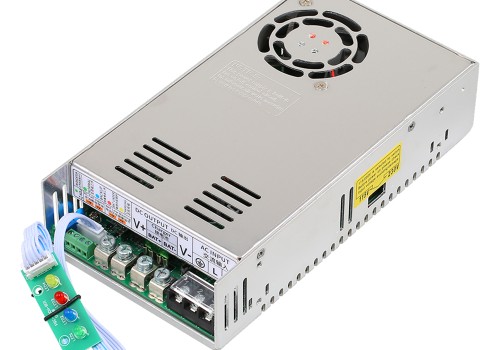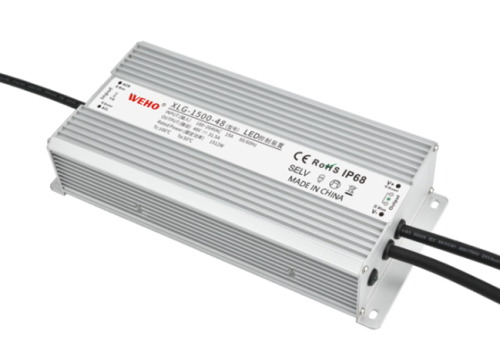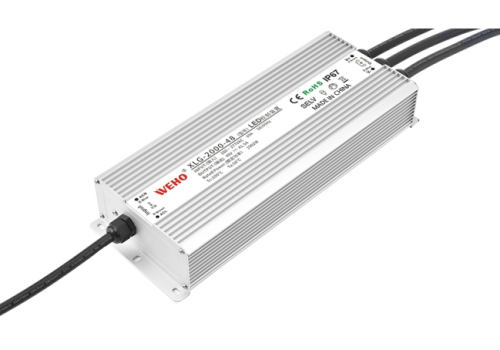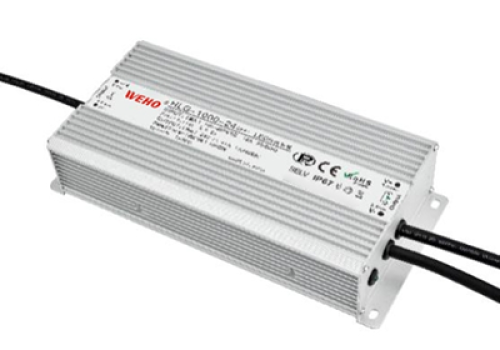Introduction
The global shift to electric vehicles demands robust charging infrastructure. At the core of every reliable EV charging station lies its power supply system—the critical component determining charging speed, efficiency, and operational cost. This article examines key power supply architectures and technologies, providing actionable insights for businesses investing in EV charging solutions.
AC vs. DC Power Architecture in EV Charging
EV charging systems are categorized by where AC-to-DC conversion occurs. AC stations deliver grid power to the vehicle’s onboard charger, limiting power to 3–22 kW. This suits home/workplace charging but offers slow refueling.
DC fast charging stations integrate conversion internally, enabling 50–400+ kW power levels. By bypassing vehicle limitations, DC stations deliver rapid charging essential for public corridors and fleet operations. The trade-off is significantly higher infrastructure complexity and cost.
Core Technology Insights of EV Power Supplies
Modern DC fast chargers rely on modular Power Supply Units (PSUs). Each PSU typically delivers 40–50 kW, with multiple units combined to achieve 150–400 kW total output. Advanced models utilize silicon carbide (SiC) semiconductors, boosting efficiency and reducing cooling demands.
Thermal management is critical. High-power stations (>150 kW) increasingly adopt liquid cooling to maintain component reliability and enable lighter charging cables. Smart power management systems dynamically allocate available power between multiple vehicles, optimizing station utilization and minimizing grid demand.
Selecting the Right Power Supply for Your EV Charger
Application & Power Level
Residential/workplace charging (AC Level 2) requires cost-effective 7–22 kW solutions. Public DC fast charging (50–150 kW) demands robust, efficient PSUs with high reliability. High-power corridors (150+ kW) necessitate modular, liquid-cooled systems with smart allocation capabilities.
Key Specs Analysis
Prioritize efficiency (≥94%), power factor (≥0.95), and wide operating temperature ranges (-30°C to 60°C). Protection features (OVP, OCP, OTP) and environmental ratings (IP65+) are essential for durability and safety.
Physical Integration
Modular designs facilitate maintenance and future upgrades. Consider form factor and cooling method (convection, forced air, liquid) based on power density requirements.
TCO Calculation
Evaluate total cost of ownership, balancing initial investment against efficiency gains, maintenance costs, and scalability. High-efficiency PSUs typically offer superior long-term value despite higher upfront costs.
WEHO EV Power Supply Solutions
WEHO provides reliable power supplies engineered for EV charging applications. Our products feature high efficiency ratings, comprehensive protection systems, and industry certifications. For detailed specifications and custom solutions, contact us.
FAQs
What is the typical lifespan of a DC fast charging power supply?
High-quality DC power supplies typically operate reliably for 7-10 years, with MTBF ratings exceeding 30,000 hours.
How important is energy efficiency in operational costs?
Very important. A 1-2% efficiency difference can save thousands annually in electricity costs per high-utilization station.
What are the benefits of liquid cooling?
Liquid cooling enables higher power density, improves component reliability, and allows for lighter charging cables at ultra-high power levels.
Can existing stations be upgraded with more powerful PSUs?
Yes, modular stations can often be upgraded with additional or higher-output PSUs, subject to thermal management and grid connection constraints.








